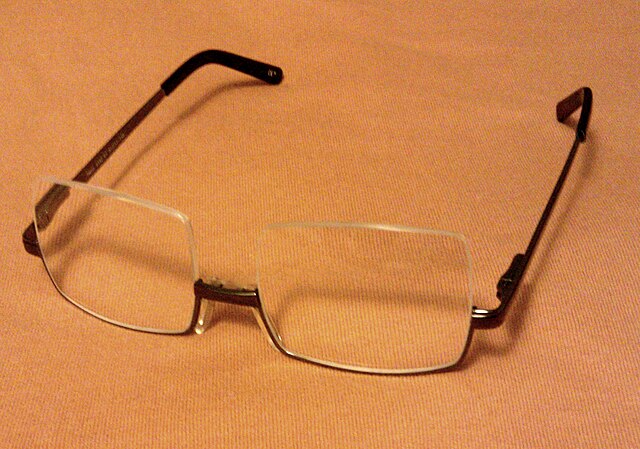Ground billiards is a modern term for a family of medieval European lawn games, the original names of which are mostly unknown, played with a long-handled mallet, wooden balls, a hoop, and an upright skittle or pin. The game, which cue-sports historians have called "the original game of billiards", developed into a variety of modern outdoor and indoor games and sports such as croquet, pool, snooker, and carom billiards. Its relationship to games played on larger fields, such as hockey, golf, and bat-and-ball games, is more speculative. As a broader classification, the term is sometimes applied to games dating back to classical antiquity that are attested via difficult-to-interpret ancient artworks and rare surviving gaming artifacts.
Ground billiards in 15th-century France (1480 woodcut, based on the Saint-Lô Tapestry). This version uses a port (arch) and conical king pin, is bounded by a wicker railing, and appears to make use of one ball per player, with more than two players.
Ground billiards in England, c. 1300s (1801 woodcut reproduction of 14th century image). This variant uses short, crude mallets, the port, and a round-bottomed king pin.
An Ancient Greek game, similar to and possibly ancestral to ground billiards and field hockey (c. 600 BCE)
Glossary of cue sports terms
The following is a glossary of traditional English-language terms used in the three overarching cue sports disciplines: carom billiards referring to the various carom games played on a billiard table without pockets; pool, which denotes a host of games played on a table with six pockets; and snooker, played on a large pocket table, and which has a sport culture unto itself distinct from pool. There are also games such as English billiards that include aspects of multiple disciplines.
An 8 ball (with the cue ball behind it)
Billiards glasses
A player with her bridge hand close to the centre pocket
A manufacturer's sample board showing various styles of diamond inlays for billiard tables







